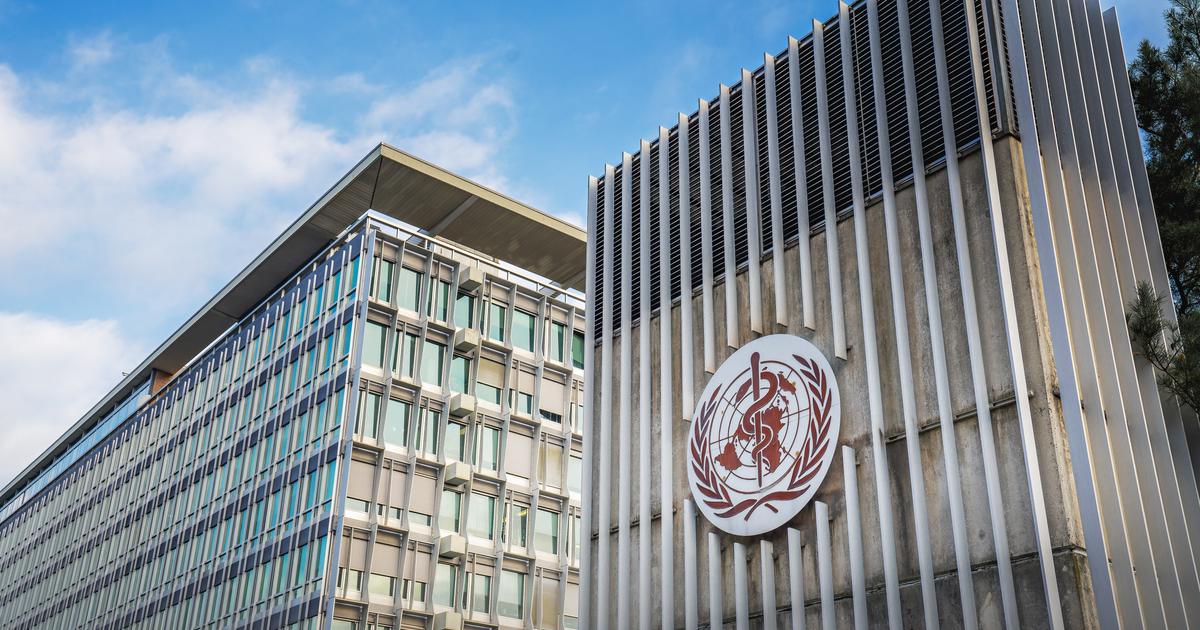Nearly the entire world population (99%) breathes polluted and unhealthy air, according to the World Health Organization (WHO), which advocates reducing the use of fossil fuels.
Read alsoHow air pollution affects brain function
These conclusions are the result of a combination of satellite imagery from around the world and data collected from thousands of cities, Dr Sophie Gumy told media from the WHO Ministry of Environment, Climate Change and Health. In a report, the WHO says a record number of more than 6,000 urban areas in 117 countries are now monitoring air quality. This stands for “about 80% of the world’s urban population today‘ said Sophie Gummy.
“Seven million preventable deaths”
However, these residents still inhale dangerous amounts of particulate matter and nitrogen dioxide, with populations in low- and middle-income countries being the most exposed. †After surviving a pandemic, it is unacceptable to continue to record seven million preventable deaths and countless preventable healthy years lost due to air pollution“, complains Dr Maria Neira, director of the Ministry of Environment, Climate Change and Health at WHO. †Too much is still being invested in a polluted environment instead of clean and healthy air‘ she notes.
Most of the measurements mentioned in the report were taken between 2010 and 2019, i.e. before the Covid-19 pandemic which impacted transport and many polluting economic and industrial sectors. For the WHO, the report’s findings highlight the importance of reducing fossil fuel use and taking other concrete measures to reduce air pollution levels. †Current energy concerns emphasize the importance of accelerating the transition to cleaner and healthier energy systemssaid Dr. Tedros Adhanom Ghebreyesus, WHO Director General, in a press release.
A “double challenge”
†High fossil fuel prices, energy security and the urgency to tackle the twin health challenges of air pollution and climate change underscore the urgent need for faster progress towards a world much less dependent on fossil fuelsUpdated data from the WHO Air Quality Database introduces for the first time ground measurements of annual mean concentrations of nitrogen dioxide (NO2), a common urban pollutant and precursor to particulate matter and ozone.
About 4,000 places in 74 countries collect data on nitrogen dioxide in the ground. Only about a quarter of the inhabitants of these places inhale average concentrations of nitrogen dioxide each year, according to WHO guidelines. Nitrogen dioxide is associated with respiratory diseases, especially asthma, and leads to respiratory symptoms (such as coughing, wheezing or difficulty breathing), hospitalizations and emergency room visits. The update also includes measurements of particles with a diameter equal to or smaller than 10 microns (PM10) or 2.5 microns (PM2.5). These two groups of pollutants mainly come from human activities related to the combustion of fossil fuels.
Read alsoChris Bowler: “Pollution and rising temperatures will affect ocean life†
In the 117 countries that monitor air quality, the WHO finds that the air quality of 17% of cities in high-income countries is below WHO’s air quality guidelines. air for PM2.5 or PM10. In low- and middle-income countries, air quality meets WHO-recommended thresholds in less than 1% of cities. Particulate matter can penetrate deep into the lungs and into the bloodstream, causing cardiovascular, cerebrovascular and respiratory disorders in particular.
ALSO SEE – Presidential 2022: Jadot wants to “ban the sale of new fossil fuel vehicles” by 2030




